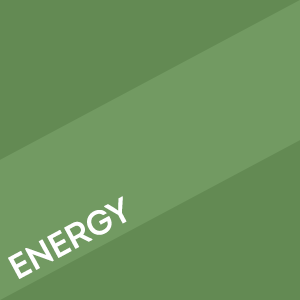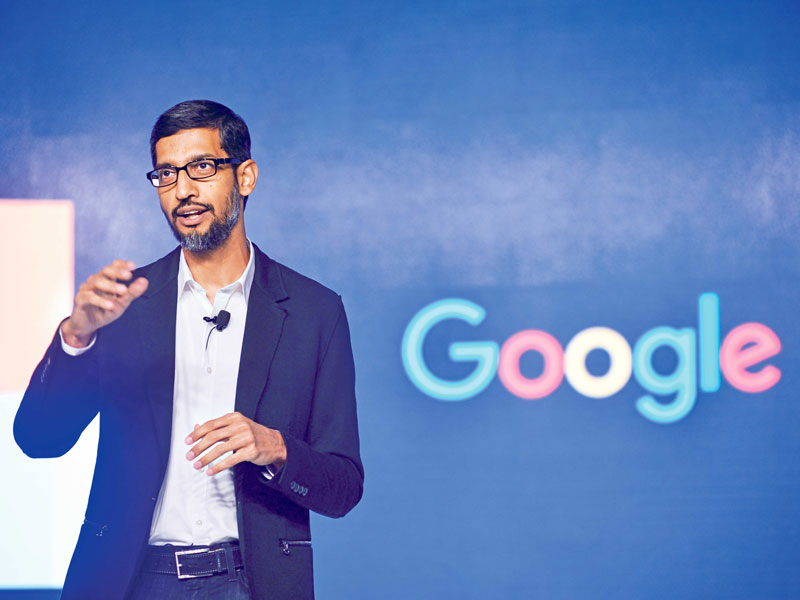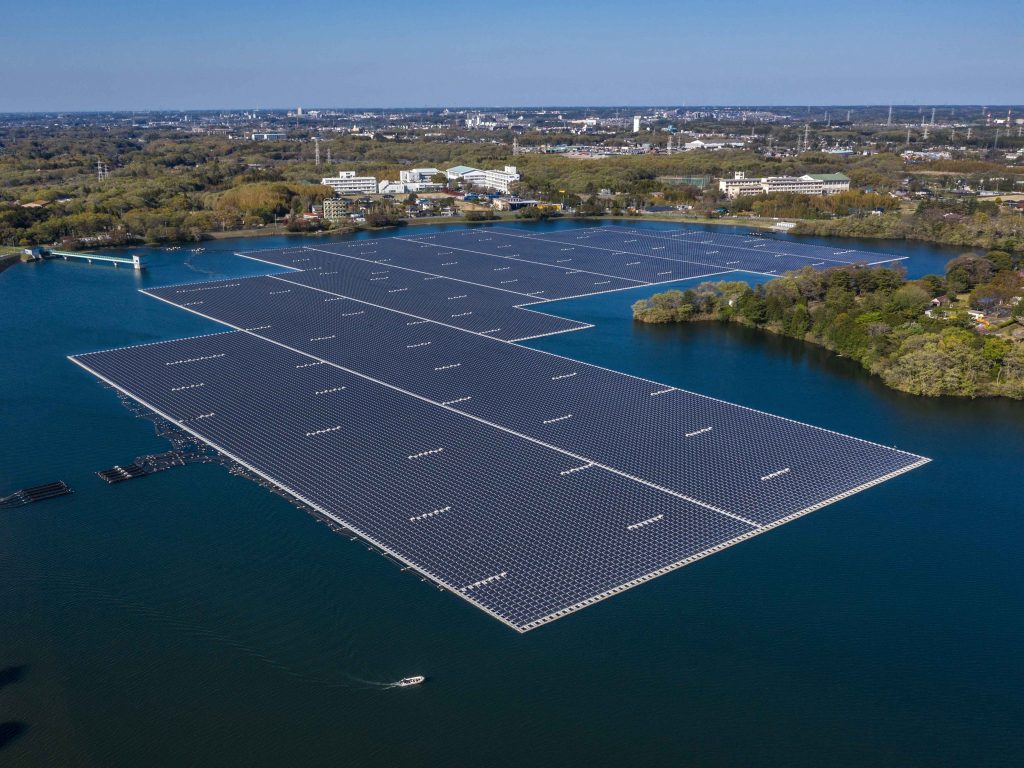An interest in plugging the future
Dr Aijuan Wang from Mott MacDonald says it’s about joined-up thinking – and the energy rewards are cost-effective
Dr Aijuan Wang from Mott MacDonald says it's about joined-up thinking – and the energy rewards are cost-effective
They haven’t lodged firmly in the public consciousness – yet. But smart grids are coming. Increasingly they will be a big part of how we all consume – and rely upon – our electricity supply far into the future, whether we’re customers, manufacturers or energy providers.
They’re badly needed. Just about all developed (and developing) countries demand the kind of flexibility, efficiency and resilience to cope with an increasingly diversified power generation source and demand, not to mention changing use patterns. Throw in increasingly stretched transmission and distribution networks and it’s easy to see the advantages of smart grids.
“They give a high level of control over energy networks and that’s fundamental to curbing wasteful energy use and integrating intermittent renewables and small distributed generators into the grid,” says Dr Aijuan Wang. “Smart grids play an important role in reducing greenhouse gas emissions too.”
Dr Wang knows what she’s talking about. She’s a chartered engineer with over twenty years of technical and commercial experience in the energy sector with wide experience of project development, commercial contract negotiation and power asset expansion and strategy.
A smart grid is a new generation of the electric power transmission and distribution networks which will last deep into the 21st century. A smart grid can intelligently coordinate the behaviour and actions of all users connected to it – generators and consumers – and interact with them seamlessly. It’s not all about large infrastructure projects; smart grids have what you might term apps; these apps can regulate and direct energy where it’s needed, intelligently and quickly, so established systems don’t become overloaded. A smart grid is also about multiple power system operators, in particular distribution networks employing a broad level of communication and control. Much of this is manually controlled today. A smart grid is about how to supply and use electricity cost-effectively. But first, let’s look at the broader picture – and how smart grids fit into it.
Electricity supplies have been around for more than 100 years. However, the amount of energy we consume and how it is used today is very different to what it was one hundred years ago. That’s why many countries around the world struggle to keep their supply reliable. The existing infrastructure is simply not coping. “Just think about the California black-outs,” says Dr Wang. “It’s not just in California, of course. But it doesn’t give you confidence in the quality of the infrastructure when this happens.” Of course, in the developing world, the challenges are more critical. “Many existing networks are simply overloaded and can’t cope with the fast demand growth,” says Dr Wang. “The supply is often congested, unreliable and sometimes even unsafe.” To its credit, Dr Wang says the US administration is taking a hard look at how it can secure its energy supplies for the next 100 years – and is willing to do what is necessary. “The US is moving ahead in terms of not just the concept of how to bridge this gap but to move onto the next generation of power supplies.” It needs to. The vast distances between power bases means that the US, like other large countries, needs to ensure supply is reliable and network control is automatic. The expense will be considerable. But smart grids are cost-effective from day one. That’s because they save capital investment and offer consumers flexibility of energy use.
“The smart grid will allow operators to route electricity from supply source to point of demand via the most economical way,” says Dr Wang, “preventing local overload in the transmission and distribution system. If a line has a disturbance or outage the smart grid will find alternative paths and self-heal.”
There’s also a whole host of benefits to smart grids. Improved power quality and security. A dramatic lowering of outages. Lower maintenance and running costs. A far smaller CO2 footprint.
“Just think of some power plants,” says Dr Wang, “they don’t run regularly throughout the year; just during peak hours. It simply doesn’t make economic sense to build them in the first place. It is an expensive method of power provision. But we do have the dilemma of having to keeping lights on during the peak hours. A smart grid can provide solutions by getting supply from demand response and control.”
So it’s a question of standing back and really looking at your load profile. What is really needed here? Well, smart meters could help for a start.There are also a load of client drivers that will be pushing for changes. “Energy customers will increasingly be given freedom of choice over when they use things, like their washing machine. Do they use it in the daytime when energy is expensive, or at night time when there’s less load?”
Of course, it’s hard to give concrete numbers for smart grid cost savings. They vary largely from one country to another depending on types of generation sources, locations of power plants and demand centres. But when you build less generation to serve the same amount of demand, you effectively save on capital costs of power plants. “This means that the transmission infrastructure requirement is subsequently reduced; you also save on distribution investment. So it’s also about the overall efficiency of the investment in the electricity value chain,” says Wang.
Government investment is coming, but how much and when remains cloudy. For example, the UK’s Committee on Climate Change reckons the UK needs to invest between £300bn and £500bn by 2025 in order to meet its clean energy bill targets. That’s from both private and public sectors. Bottom line? This means an investment of at least £20bn to £30bn a year. These numbers are not insignificant, by any stretch of the imagination. The Low Carbon Network Fund also helps transmission and distribution companies to invest in smart grid projects and innovations.
Smart grids though are not just about technology for technology’s sake. The ‘smart’ bit is how this technology makes our energy go further – a lot further. “We have multiple energy challenges,” says Dr Wang. “The supply side is severely constrained. We’ve also got increasingly tougher emissions targets. The core technology to control and develop the infrastructure is already here.”
So really it’s a question of priorities and budgets. “We know that utilities are working very hard to squeeze what they have from current assets, which is where smart grids come in,” says Wang.
However, looking 10 years ahead, things will look very different. “Conceptually, it’s a kind of revolution in terms of how electricity is supplied and used. A quiet revolution. Large scale applications of new technologies will be happening. Demand and interest is building. Electric vehicles are coming, and in a big way. That will not just put additional demand on our energy infrastructure but also place the issue of generation supply more publicly.”
She adds: “But I would say it’s about intelligently mobilising what we have already got. Customer engagement will also play a key role in achieving the goals of a smart grid although the challenges remain. It’s going to be a very exciting period.”
Further information: www.mottmac.com













